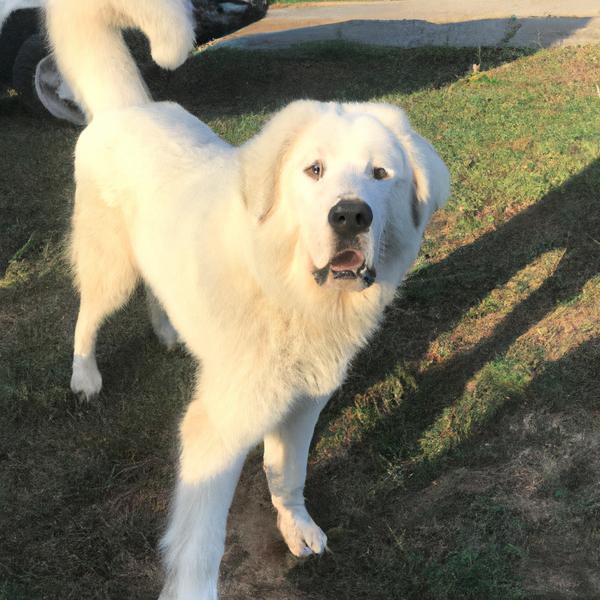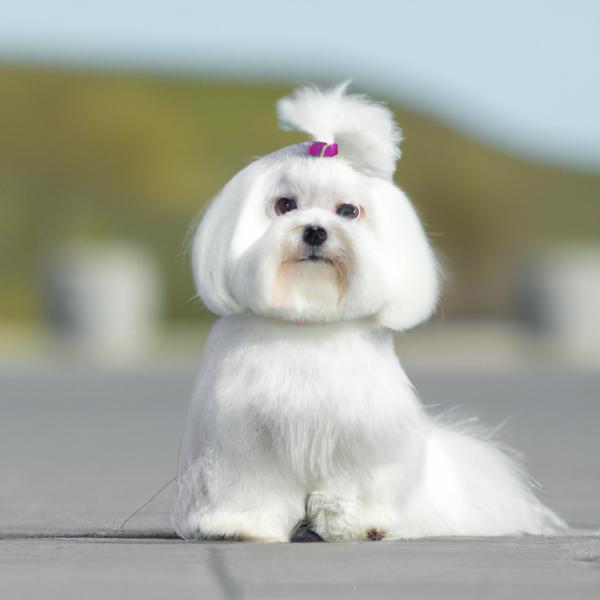Great Pyrenees vs. Maltese: Breed Differences and Similarities
Weight Gain Potential
Which breed eats more: Great Pyrenees or Maltese?
Great Pyrenees has high obesity risk, needs regular exercise and food control to maintain healthy weight.
Maltese has average risk of obesity, needs daily walks and quality diet to maintain healthy weight.
Hypoallergenic
Are Great Pyreneess or Malteses hypoallergenic, or neither?
Unfortunately, the Great Pyrenees is not hypoallergenic, making it not a good choice for a dog lover who suffers from pet allergies.
While no dogs are truly 100% hypoallergenic, Malteses are about as close as it gets, making them an ideal pet if you are an allergy sufferer.
Temperament
What are the personalities of Great Pyrenees and Maltese dogs?
Affectionate
Fearless
Patient
Confident
Gentle
Strong
Willed
Active
Easygoing
Intelligent
Responsive
Docile
Gentle
Playful
Sweet
Tempered
Shedding Level
Do Great Pyreneess shed more than Malteses, or which breed sheds more, Great Pyreneess or Malteses?
Great Pyreneess are heavy shedders, but regular brushing can help manage shedding and promote a healthy coat.
Malteses shed very little hair, making them a great choice for those who dislike excess hair in the house.
Watchdog Ability
Which dog breed makes a better watchdog, the Great Pyrenees or Maltese?
Choose a Great Pyrenees if you want a top-notch watchdog. This breed takes guarding seriously, and may not require much training, though obedience or guard dog training can improve their skills.
Malteses are decent watchdogs - they'll alert their owner if something seems amiss.
Origin
What is the origin of Great Pyrenees and Maltese dog breeds?
Asia
Malta
Ancestry
What are the origins of Great Pyrenees and Maltese breeds?
Hungarian Kuvasz, Maremmano-Abruzzese
terrier
Breed recognition
Which kennel clubs recognize/register Great Pyrenees and Maltese?
American Canine Registry
American Kennel Club
America's Pet Registry
Canadian Kennel Club
Dog Registry of America Inc.
Federation Cynologique Internationale
Kennel Club of Great Britain
North American Purebred Registry, Inc.
American Canine Association, Inc.
Australian National Kennel Council
Continental Kennel Club
National Kennel Club
New Zealand Kennel Club
United Kennel Club
American Canine Registry
American Kennel Club
America's Pet Registry
Canadian Kennel Club
Dog Registry of America Inc.
Federation Cynologique Internationale
Kennel Club of Great Britain
North American Purebred Registry, Inc.
American Canine Association, Inc.
Australian National Kennel Council
Continental Kennel Club
National Kennel Club
New Zealand Kennel Club
United Kennel Club
Date of Birth
When were Great Pyrenees and Maltese breeds first developed?
Ancient Times
ancient times
Breed Group
What is the Breed Group of Great Pyrenees and Maltese?
Working (AKC:1933)
Guardian Dogs (UKC)
Toy (AKC:1888)
Companion Breed & Show Breed (UKC)
Eye Color Possibilites
What are the eye colors of Great Pyrenees and Maltese dogs?
Brown
Brown
Nose Color Possibilites
What are the natural nose colors of Great Pyrenees and Maltese?
Black
Black
Coat Color Possibilites
What are the natural colors of the coat for Great Pyrenees and Maltese breeds?
White
Cream
White
Coat Length
What is the typical coat length for Great Pyrenees and Maltese breeds?
Great Pyreneess have longer coats compared to most dogs.
Malteses are known for their coat length.
Coat Density
What is the density of the coat of Great Pyrenees and Maltese?
Coat Texture
What is the hair texture of Great Pyrenees and Maltese?
Wavy
Straight
Litter Size
What is the usual litter size for Great Pyrenees and Maltese?
A Great Pyrenees can have a litter of 10-12 puppies on average. However, it's worth noting that the size of the litters can vary greatly. Factors that can influence litter size include the health of the mother, breeding history, and genetics.
A Maltese can have a litter of 15-18 puppies on average. However, it's worth noting that the size of the litters can vary greatly. Factors that can influence litter size include the health of the mother, breeding history, and genetics.
Adaptability
Great Pyreneess are known for their adaptability and can adjust well to different environments and lifestyle changes.
Malteses are highly adaptable and versatile, making them excellent companions for families and individuals of all lifestyles.
Health Issues
Between Great Pyrenees and Maltese, which breed is more prone to health problems?
Great Pyreneess typically have low vet costs due to their good health, but it's important to monitor their health and seek vet care when necessary.
While the Maltese breed is generally healthy, occasional vet check-ups are still necessary to address any health concerns.
Major Concerns
What are the major health concerns for Great Pyrenees and Maltese breeds?
Patellar Luxation
Elbow Dysplasia
Hip Dysplasia
Bloat
Addison's Disease
Patent Ductus Arteriosus
Obesity
Minor Concerns
What minor health issues should be kept in mind when owning Great Pyrenees and Maltese?
Entropion
Cataracts
Mono/Bilateral Cryptorchidism
Hydrocephalus
Dental Disease
Portosystemic Shunt
Shaker Dog Syndrome
Occasional Tests
What occasional tests are recommended for Great Pyrenees and Maltese breeds?
Eye
Hip
Knee
Blood Test
X-Rays
Physical Examination
Eye
Knee
Liver Ultrasound
CT Scan
Dental Examination
Physical Examination
Energy
How do the energy levels of Great Pyreneess and Malteses compare?
Great Pyreneess' high energy levels make them unsuitable for a low-key dog, choose accordingly.
Malteses are suitable for those with a balanced lifestyle as they have an average energy level.
Social Needs
Great Pyrenees vs Maltese social needs comparison
Great Pyrenees has above average social needs and thrives with interaction with humans and other dogs.
Maltese has very high social needs and requires regular mental and physical stimulation, a job or purpose, and companionship.
Exercise Needed
Great Pyrenees vs Maltese exercise need comparison.
Great Pyreneess need moderate physical activity and are great for families and active individuals.
Malteses require minimal physical activity for a healthy lifestyle.
Sleeping Need
Which of the two sleeps the most/least: Great Pyrenees or Maltese?
Great Pyreneess are active and require sufficient sleep to stay healthy.
Malteses have moderate energy levels and typical sleep patterns of 12-14 hours per day.
Drooling Tendency
Which drools more/less, Great Pyrenees or Maltese?
Great Pyrenees has low drooling tendency, suitable for those who dislike drool marks.
Maltese minimally drools, ideal for those who dislike drool marks on clothing.
Tendency to Bark
Do Great Pyreneess or Malteses bark more/less frequently?
The Great Pyrenees is a vocal breed that frequently barks and howls, and may not be suitable for those seeking a quiet companion.
Maltese dogs bark and howl frequently and are not recommended for quiet homes.
Territorial
Is the Great Pyrenees or Maltese a better guard dog?
These breeds are known for their strong protective nature and territorial instinct. They will fiercely defend their territory and are highly alert and vigilant against any perceived threat to their home and family.
Mouthiness
Mouthiness Comparison: Great Pyrenees vs Maltese?
Roaming urge
Great Pyrenees vs Labrador: Running away tendency?
Prey Drive
Great Pyrenees or Maltese - which breed has a higher level of prey drive?
Past times
What are some enjoyable activities and ways to keep Great Pyrenees and Maltese entertained?
Sniff, Sit, Walk, Petting, Sniffing, Mouthing, Play, Being outside, People, Tug-of-war, Run, Walking, W, Hike, Going on drives, Car rides, Hiking, Tug of war, Hide and seek, Throw the ball
Walk, Cuddle, Sleep, Walking, Petting, Sniffing, Exploring, Playing, Running, Snuggle, Chasing, Wrestling, Being cute, Playdate, Go to Park, Frisbee, Swim, Chase, Bath time, Hide & Seek, Off-leash, Eating Snacks, Tag
Activity Level
Which breed has higher energy, Great Pyreneess or Malteses?
Both Great Pyrenees and Maltese are medium-energy dogs that enjoy socializing and playing with other dogs. They may engage in casual or sustained games of chase, and occasionally have bursts of barking or racing around the house.
Tolerance of being left alone
Walks per Week
How many miles should Great Pyrenees or Maltese walk each week?
There's really no limit to how far you walk your dog as long as they're comfortable. For Great Pyrenees, it's at least 12 miles / week. Just remember to build distance and stamina gradually over time.
There's really no limit to how far you walk your dog as long as they're comfortable. For Maltese, it's at least 6 miles / week. Just remember to build distance and stamina gradually over time.
Activity per Day
Do Great Pyreneess or Malteses require more exercise?
Both Great Pyrenees and Maltese typically require a minimum of 60 minutes of exercise each day. The exercise can be spread throughout the day and may involve high-energy activities like walking, running, and playing.
Grooming
Which breed is easier to maintain in terms of grooming, Great Pyreneess or Malteses?
Great Pyrenees and Maltese are breeds of dogs that require an average amount of grooming effort.
Brushing Frequency
What is the recommended brushing frequency for Great Pyrenees and Maltese dogs?
Great Pyrenees should be brushed at least once a week. Of course you can give them more frequent brushes if you find that they are still shedding a lot
Ideally, Maltese should be brushed at least 2 or 3 times a week (preferably daily) improve shedding.
Brushing Tools
What brushing tools are used for Great Pyreneess and Malteses?
Pin Brush
Comb
Deshedder
Nail Clipper
Pin Brush
Dematter
Comb
Nail Clipper
Cups
How much food should be given to Great Pyrenees or Maltese in cups?
For an average 100-140 pound (45 - 64 kg) Great Pyrenees feed 4.5 cups daily. But, keep in mind, the amount you feed is going to be dependent on the quality of the food you are feeding.
For an average 4-7 pound (2 - 3 kg) Maltese feed 1 cups daily. But, keep in mind, the amount you feed is going to be dependent on the quality of the food you are feeding.
Daily Cost
Which breed has a higher daily cost, Great Pyrenees or Maltese?
The average cost of a Great Pyrenees is somewhere $4.20 - $4.90 per day.
The average cost of a Maltese is somewhere $1.40 - $1.80 per day.
Monthly Cost
Which breed has a higher monthly cost, Great Pyrenees or Maltese?
The average per month expenses of a Great Pyrenees is between $126 - $147. This makes an average of $1512 - $1764 per year. It will be on the higher side when the dog is still small because it will need more frequent visits to the vet, shots.
The average per month expenses of a Maltese is between $42 - $53. This makes an average of $504 - $636 per year. It will be on the higher side when the dog is still small because it will need more frequent visits to the vet, shots.
Intelligence
Comparing Intelligence: Great Pyreneess vs Malteses
Great Pyreneess are average in obedience intelligence but have a high IQ and may cause trouble if left unsupervised.
Maltese has below average obedience intelligence, but they excel in understanding human emotions.
Sensitivity Level
How do Great Pyrenees and Maltese compare in sensitivity?
These breeds are more sensitive than others and easily overwhelmed by new surroundings and people. Great Pyrenees and Maltese need gentle handling and a calm, stable home environment with positive reinforcement training.
Affection Dependance
Which is the more affectionate dog breed: Great Pyrenees vs Maltese?
Apartment Friendly
Which breed is more apartment-friendly: Great Pyrenees or Maltese?
Great Pyreneess can do well in apartments with enough exercise and time outside, but a small yard would be ideal.
Malteses make excellent apartment dogs, being fairly active indoors and not requiring a yard.
Child Friendly
Do Great Pyreneess or Malteses have a friendlier temperament towards children?
Great Pyrenees and Maltese are kid-friendly dogs. They are good with children and excellent dogs with children if they are socialized and trained at a young age.
Senior-friendly
Which dog is more suitable as a pet for the elderly - Great Pyrenees or Maltese?
Cat Friendly
Do Great Pyrenees or Maltese breeds have a better compatibility with cats?
Great Pyreneess are good with cats, but early training is needed to prevent chasing behavior.
Malteses are very friendly with cats and make great companions for them.
Dog Friendly
Which breed is more sociable with other dogs: Great Pyrenees or Maltese?
Great Pyreneess are average in their friendliness towards other dogs, and socialization can help.
Malteses are generally very friendly towards other dogs, with a happy and affectionate temperament.
Pet friendly
How do Great Pyrenees or Maltese dogs interact with other pets?
Stranger Friendly
Which breed is more friendly with strangers: Great Pyrenees or Maltese?
Great Pyreneess are averagely friendly around strangers but benefit from early socialisation.
Malteses are highly friendly around strangers.
Playfulness
Which breed is more playful between Great Pyrenees and Maltese?
Great Pyreneess are not known for being a highly playful breed.
Malteses have an average level of playfulness, enjoying playtime like most dogs but not excessively so.
Trainability
How do the trainability levels of Great Pyreneess and Malteses compare?
Great Pyreneess are popular for their ease of training and quick learning ability.
Malteses are usually easy to train but require consistency to fully obey commands.
Compare Great Pyrenees with other breeds

Beagleman
Great Pyrenees vs Beagleman
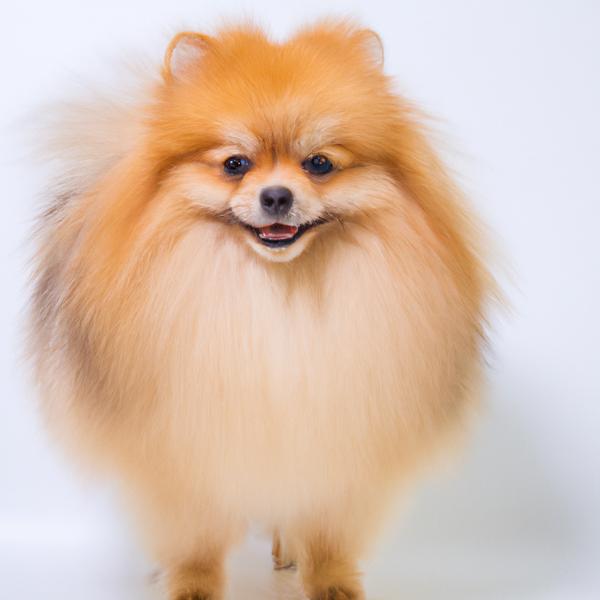
Pom-Kee
Great Pyrenees vs Pom-Kee
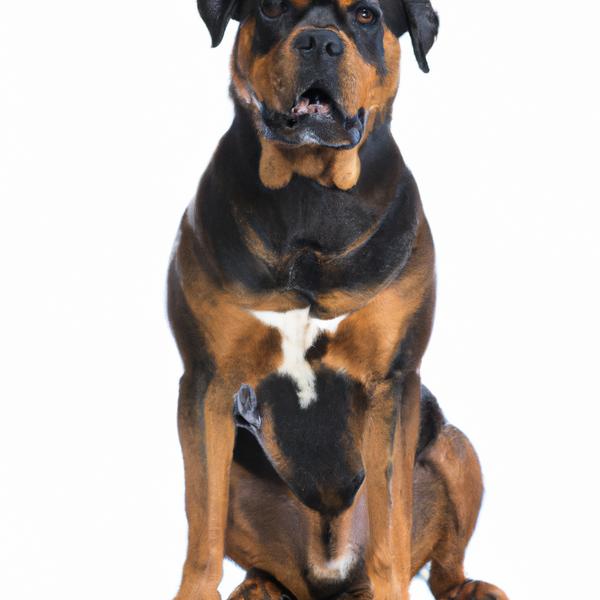
Boxweiler
Great Pyrenees vs Boxweiler
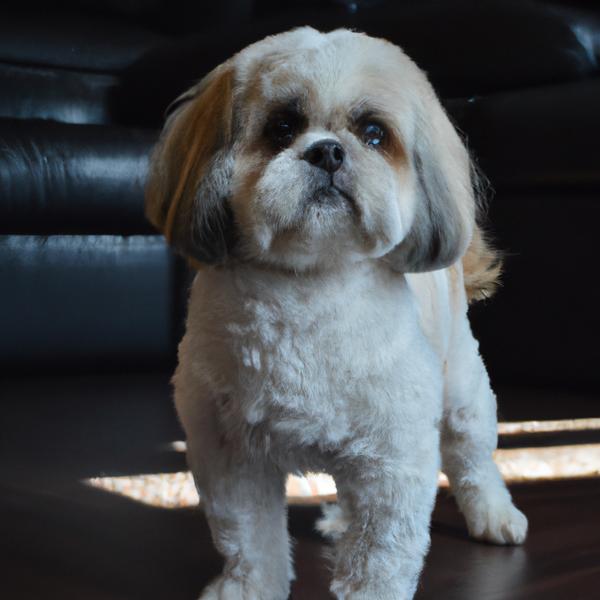
Cava-Tzu
Great Pyrenees vs Cava-Tzu
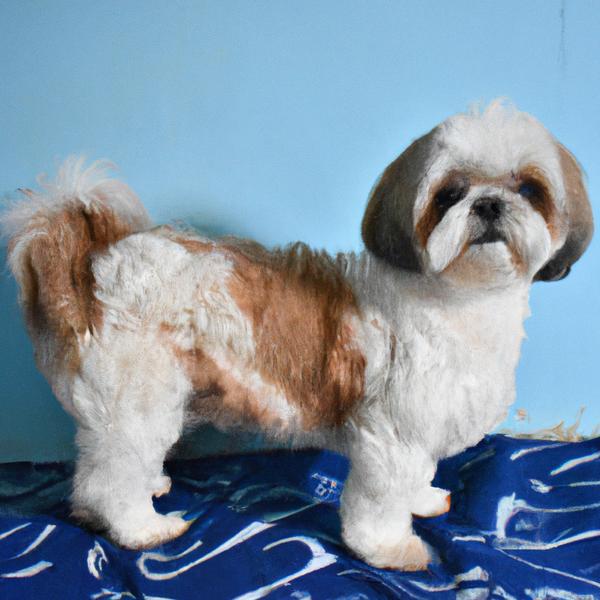
Chi Apso
Great Pyrenees vs Chi Apso

Golden Akita Retriever
Great Pyrenees vs Golden Akita Retriever
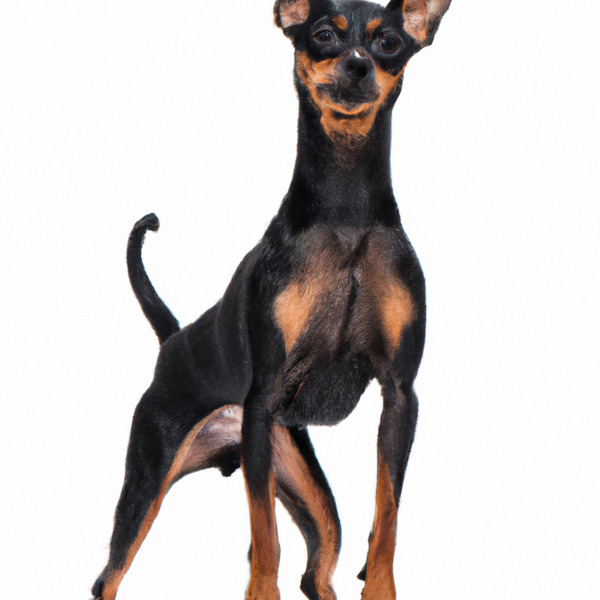
English Toy Terrier
Great Pyrenees vs English Toy Terrier

Weston
Great Pyrenees vs Weston
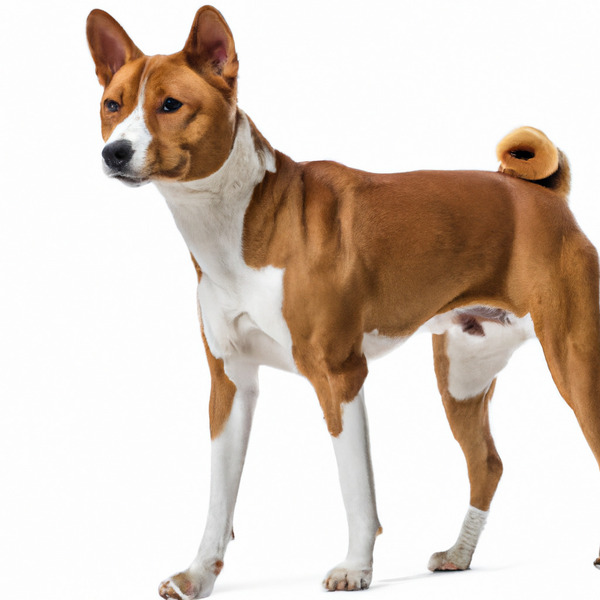
Basenji
Great Pyrenees vs Basenji

Siberian Husky
Great Pyrenees vs Siberian Husky

Dunker
Great Pyrenees vs Dunker
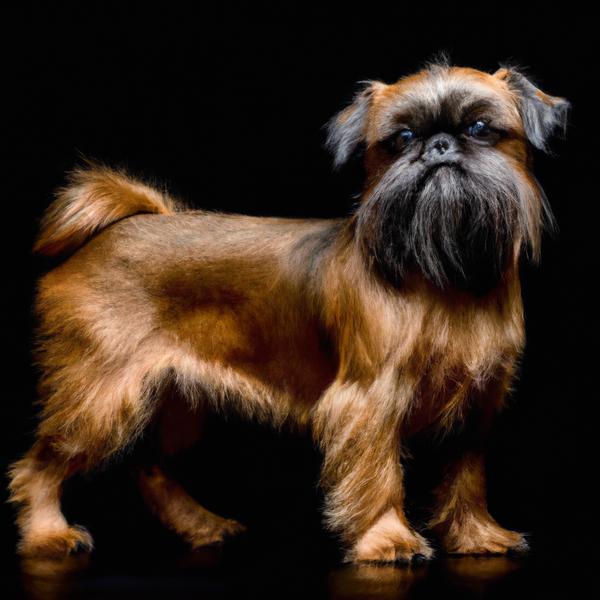
Griffichon
Great Pyrenees vs Griffichon
